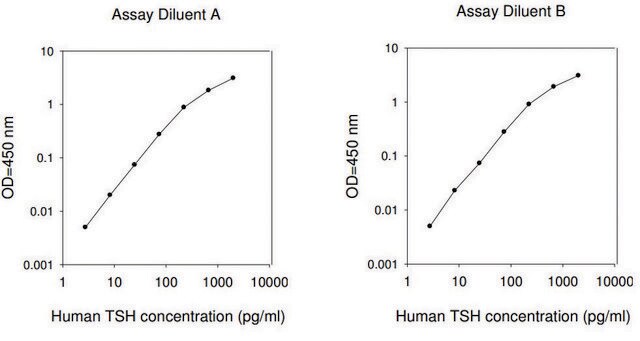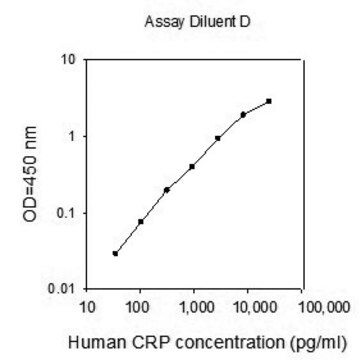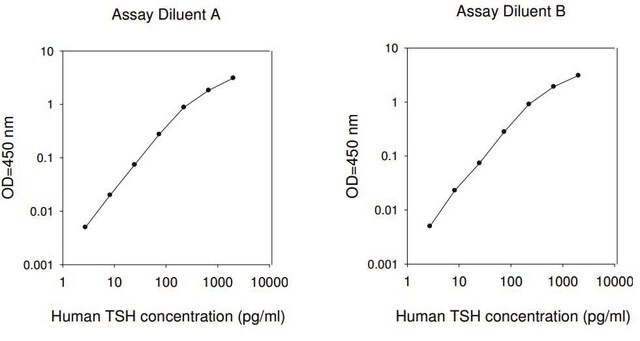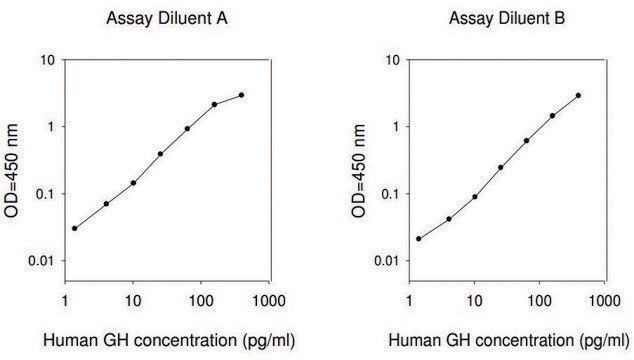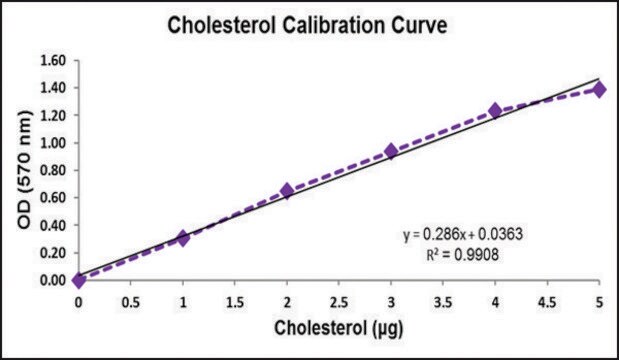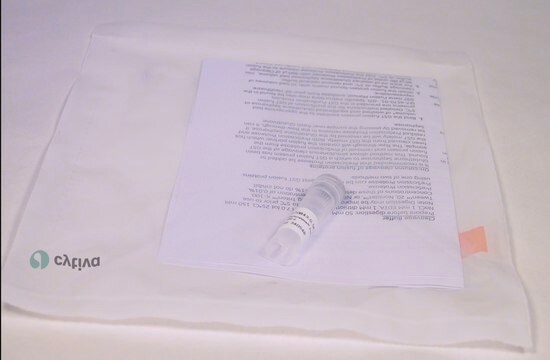EZRMGH
Rat/Mouse Growth Hormone ELISA Kit
measures and quantifies GH levels in 10 μL serum, plasma or cell culture supernatent
Sinónimos:
Growth hormone, Somatotrophin
About This Item
Productos recomendados
Nombre del producto
Rat/Mouse Growth Hormone ELISA, This Rat/Mouse Growth Hormone ELISA is used to measure & quantify Growth Hormone levels in Metabolism & Endocrine & Cell Signaling research.
Quality Level
species reactivity
rat, mouse
packaging
kit of 1 × 96 wells
parameter
10 μL sample volume (4hr assay)
assay range
accuracy: 96-101%
linearity: 97-118%
sensitivity: 0.07 ng/mL
(10 μl sample size)
standard curve range: 0.07-50 ng/mL
technique(s)
ELISA: suitable
input
sample type serum
sample type cell culture supernatant
sample type plasma (K2 EDTA)
application(s)
research use
detection method
colorimetric (450nm/590nm)
shipped in
wet ice
storage temp.
2-8°C
General description
Application
Other Notes
signalword
Danger
Hazard Classifications
Acute Tox. 3 Dermal - Acute Tox. 4 Inhalation - Acute Tox. 4 Oral - Aquatic Chronic 3 - Eye Irrit. 2 - Met. Corr. 1 - Skin Irrit. 2 - Skin Sens. 1 - STOT SE 3
target_organs
Respiratory system
Storage Class
6.1C - Combustible acute toxic Cat.3 / toxic compounds or compounds which causing chronic effects
Certificados de análisis (COA)
Busque Certificados de análisis (COA) introduciendo el número de lote del producto. Los números de lote se encuentran en la etiqueta del producto después de las palabras «Lot» o «Batch»
¿Ya tiene este producto?
Encuentre la documentación para los productos que ha comprado recientemente en la Biblioteca de documentos.
Nuestro equipo de científicos tiene experiencia en todas las áreas de investigación: Ciencias de la vida, Ciencia de los materiales, Síntesis química, Cromatografía, Analítica y muchas otras.
Póngase en contacto con el Servicio técnico